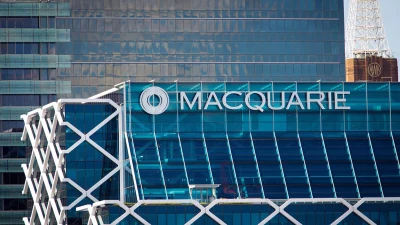AXA less reliant on tied advisers as profits rise
AXA Asia Pacific’srecent acceptance of some harsh home truths now appear to be bearing fruit with the group announcing an almost doubling to $537 million of its after-tax profit for 2003 compared to the corresponding 12 month period.
“We have moved from having a weak locally based asset management capability to being able to bring to the market the capabilities of a global asset management business… [and] we have moved from having a well-regarded but sub-scale platform in Summit, to being in the top five for funds under administration,” group chief executive officer and managing director Les Owen told shareholders at today’s annual general meeting in Melbourne.
The overall profit figure excluded the group’s Health business, which was sold last year and in terms of Australia and New Zealand, the group’s operating earnings rose from 17 per cent to $149 million in 2003 compared to the 12 months preceding and net retail fund flows rose 123 per cent to $3.7 billion.
Owen also said that, in terms of distribution, the group is moving away from having to rely on its aligned dealer group channels.
“In 2003 about a third of fund sales came from AXA aligned channels, 40 per cent from non-aligned and 25 per cent through our advice businesses -ipacandMonitor Money. In fact, 2003 was the first year ever in which sales in absolute terms through non-AXA aligned channels exceeded those through AXA aligned channels,” Owen said.
For the group as a whole, total funds under management and administration were up 8 per cent to $44.2 billion, and within this funds under advice and administration were up 28 per cent to $4.2 billion.
Recommended for you
In this episode of Relative Return Insider, host Keith Ford and AMP chief economist Shane Oliver unpack the RBA’s decision to keep the cash rate on hold in the face of rising inflation and whether the governor’s hawkish tone is a sign of things to come.
In this episode of Relative Return Insider, host Keith Ford and AMP chief economist Shane Oliver discuss the September quarter GDP figures, which show Australia’s economy regaining momentum.
In this new episode of The Manager Mix, host Laura Dew speaks to Haley Devine, head of wealth management at MaxCap Group, to delve into private credit and commercial real estate.
In this new episode of The Manager Mix, host Laura Dew speaks to Benjamin Leung, head of systematic investments at Macquarie Asset Management, to understand the use of systematic investments.







